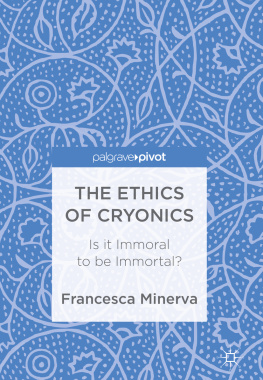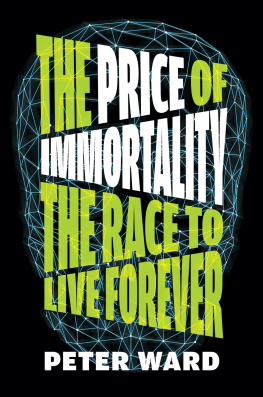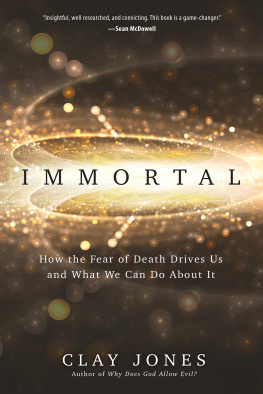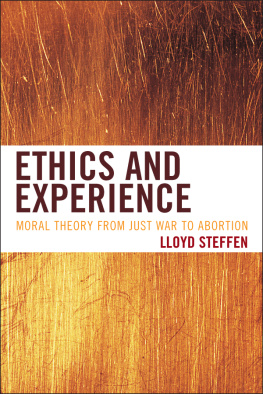Cryonics as an Ethical Problem
Introduction
In this first part of the book, after briefly introducing how cryonics works and what kind of results it is expected to achieve, we will focus on the most common and most probable objections to cryonics. In Chap. , we will tackle the objections that are often raised against new biotechnologies in general when they are first introduced. Some of these objections deal with concerns about the fact that such new technologies are against nature or against Gods will or just plainly weird and yucky. Usually, after some time has passed by and a new biotechnology is no longer perceived as new, opposition based on these objections becomes weaker.
Some other objections to new technologies stem from epistemic uncertainty about the impact they might have, either on the individual who uses them or on society at large. For instance, some are concerned that cryonics, even if successful, could cause severe and permanent brain damage to cryopreserved individuals, so that they might be unable to actually benefit from being brought back to life. Other objections based on uncertainty focus on the negative impact that such technology could have on society; for instance, given the current cost of cryonics, some fear that it will worsen the socio-economic disparity between those who can afford it and those who cannot.
In the second chapter, we will focus on objections that pertain to cryonics more specifically. For instance, cryonics is often considered a waste of organs that could be donated and transplanted instead of being stored in cryonics facilities, and some also consider it a waste of monetary resources that could be donated to effective charities in order to save the lives of poor people.
Finally, we will consider objections based on the idea that cryonics has zero chance of success. One of these objections is based on the idea that future generations will not have an interest, or will not have the resources necessary to revive the cryosuspended. The other set of objections is based on the assumption that people who would eventually be revived would never adapt to their new lives, and they would regret having invested money on cryonics.
1. Pausing Death
Abstract
Cryonics is the act of preserving legally dead individuals at ultra-low temperatures, in the hope that they can someday be revived using future technology. Although still in its infancy, the potential success of cryonics carries many crucial implications for human society, and discussing these ahead of time may help us avoid unwelcome developments and unnecessary conflicts. However, the discussion around cryonics has not advanced significantly since its introduction over 50 years ago, and we must look to other advances in biotechnology for clues about how society should deal with cryonics. This chapter reviews the public response to in vitro fertilization (IVF) and embryo cryopreservation (EC), two closely related medical technologies that have been available to the public for over 30 years and that share many relevant aspects with cryonics. Objections to IVF and EC have tended to fall into five broad categories: unnaturalness, playing God, repugnancy, uncertainty, and social inequality.
Weird Goals
Whenever cryonics appears in the media, it is nearly always portrayed with a certain dose of scepticism, and is paired with such adjectives as weird, crazy, fictional, or scammy. For instance, a 2015 article in the Financial Times was titled Inside the weird world of cryonics, a headline not too different from that of a 2016 National Post article entitled Inside the strange world of cryonics, where people are frozen in time with hopes of escaping death. As anyone can independently verify through a quick Google search, similar headlines abound in the hundreds. Typically, the tone of the article is one of incredulity, often with a hint of derision and sometimes even outright contempt. The message usually goes along the lines of there are some weird people planning to do this strange thing in order to achieve a crazy goal.
To be fair, the plan behind cryonicsalso known as cryopreservation and cryosuspension is quite ambitious. In short, the idea is that one can preserve legally dead individuals in liquid nitrogen and store them for decades or even centuries, in the hope that future technology will not only succeed in reviving them with their mental faculties intact, but also cure the condition that led to their demise in the first place. Among people choosing to undergo cryonics (henceforth referred to as cryonicists ), the most optimistic ones hope that they, once revived, will have the option of undergoing various rejuvenating treatments, allowing them (at least in theory) to live indefinitely, or at least for many more years than they would have otherwise lived. As of 2018, cryonics companies already exist in the United States and Russia. Although countries differ in their legal requirements for allowing a citizen to be cryopreserved, the option is generally open to any autonomous, consenting adult willing to pay the fee required by the cryonics provider.
So cryonics might not be the ideal icebreaker on a first date, so to speak. But weird goals are not necessarily bad or irrational goals, and investing in an unusual plan does not make anyone a bad person. Yet some of the moral objections to cryonics seem to suggest that, at the heart of the disdain towards cryonics, there may be a conflation between what is considered weird or unusual and what is considered immoral.
In this sense, scepticism towards cryonics should not come as a surprise. Most novelties in the biomedical sciences have elicited, and continue to elicit, similar reactions.
In general, it seems that the closer a technology is to interfering with issues of life and death, the stronger the scepticism or outright aversion it raises. As an illustration of this fact, it is both helpful and interesting to look at the historical change in attitude towards another kind of technology that was also considered weird and immoral at first, but that is now widely acceptednamely in vitro fertilization (IVF) with embryo cryopreservation (EC ). Despite having faced considerable initial scepticism after their introduction in 1983, IVF and EC have since found their place in the publics sphere of acceptance and become part of standard medical practice in most countries.
Cryonics has not become as popular and is not perceived as normal as IVF and EC , even though it has been discussed for a very long time. In fact, the first real case of human cryopreservation took place in 1967, thus predating the birth of Louise Brown, the first IVF baby, by 11 years. Although the procedure was primitive by todays standards, the patientpsychology professor James H. Bedfordremains in cryosuspension to this day.
There are several reasons why IVF and EC have fared much better than cryonics. The main reason is probably the technical complexity of cryonics: it requires far more advanced technology and knowledge to cryopreserve a fully developed person, made up of trillions of highly specialized cells, than to preserve an embryo consisting of just a few cells. But even if the cryopreservation process itself were simpler, the revival process remains incredibly difficult to realize. More than half a century after the first cryopreservation, no attempt to revive a cryopreserved patient has been made, and there is no agreement among experts about whether and when revival will be feasible. IVF and EC , on the other hand, produced reliable results soon after they were first developed, allowing them to be made publicly available rather quickly. As a result, their increasingly common use has made them look less weird and uncontroversial. Given the lack of confidence in the possibility that revival will someday become available, it is easy to understand why people choose not to invest in cryonics and keep perceiving it as weird.










